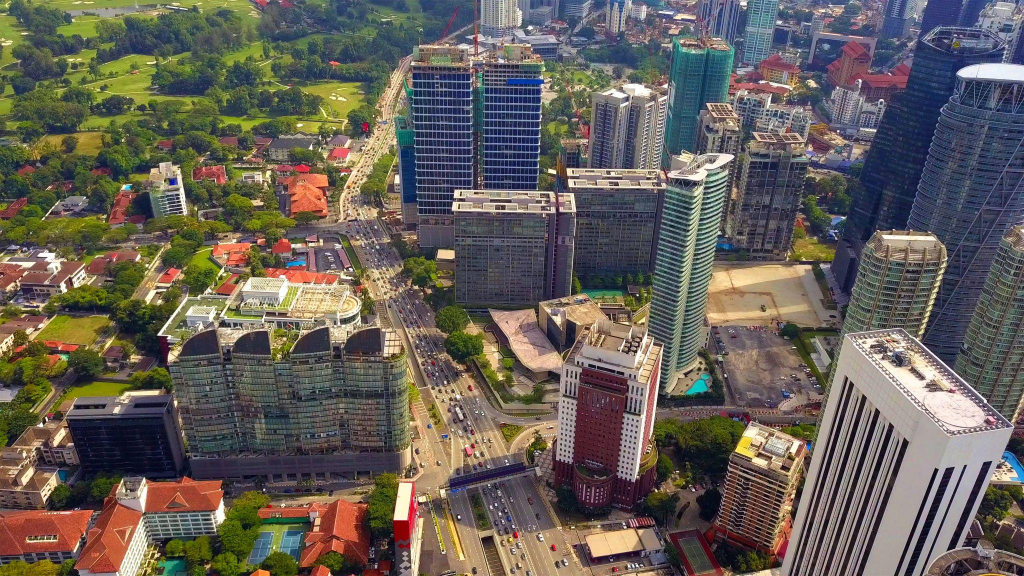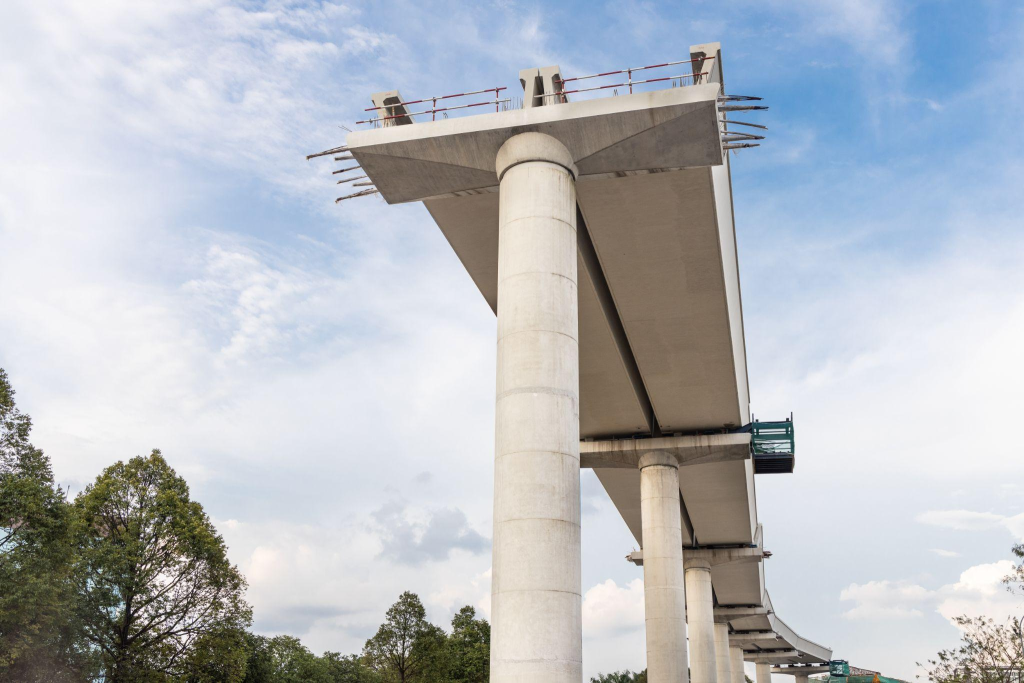Transit-oriented development (TOD) has emerged as a game-changing approach in the realm of urban planning. With Malaysia’s escalating urbanisation and population surge, the call for sustainable, efficient urban development becomes paramount.
This transformative approach aspires to redefine how Malaysians navigate urban spaces—by giving priority to public transport and fostering mixed-use, pedestrian-centric communities.
In this article, let’s uncover how transit-oriented development is redefining urban lifestyles and the potential it holds to foster greener and more liveable cities.
Read More: Gamuda Cove: A Sustainable Smart City for People of All Ages
The Concept of Transit-Oriented Development (TOD)

Transit-oriented development isn’t just a strategy; it’s a vision for the future of urban environments. At its core, transit-oriented development revolves around the principle of crafting vibrant, walkable neighbourhoods anchored by public transit nodes.
It emphasises versatile transit options like trains, buses, and light rail. This means that it breaks away from the conventional urban blueprint that leans heavily on automobile dependence and sprawling suburbs.
Moreover, TOD has the ambition to curtail private vehicle dependence, mitigate traffic snarls, and elevate overall urban mobility. This is achieved by propelling higher-density construction and weaving a tapestry of residential, commercial, and leisure hubs around transit points.
Read More: Different Types of Properties in Malaysia
The Evolution of Transit-Oriented Development in Malaysia

The transition towards TOD in Malaysia has been both systematic and remarkable. Historically, rapid urban growth in Malaysia has led to expansive and car-centric city sprawls, culminating in traffic congestion and environmental red flags.
The dominance of vehicles became a pressing issue. Nevertheless, the winds of change began to blow when Malaysia’s government began recognising the potential of transit connections.
Malaysia’s government acknowledges the imperative of seamless transit links and has rolled out multiple campaigns to champion TOD principles.
Examples such as Kuala Lumpur Sentral, PJ Sentral, and the developments across the Klang Valley stand as testaments to how TOD is a transformative force in urban living.
Read More: Inclusive And Accessible Properties In The Klang Valley
Impact of Transit-Oriented Development on Urban Living

The ripple effects of TOD in urban Malaysia are undeniable. For residents, commutes are now more streamlined and swift, owing to bolstered and accessible transit links. Additionally, by offering a robust alternative to cars, TOD significantly diminishes traffic congestion and environmental degradation.
Aside from that, the design of TOD areas also promotes active lifestyles. The pedestrian-friendly zones encourage walking and cycling, fostering community bonds and a sense of belonging among residents.
These benefits, complemented by the economic surge from multifaceted developments, have significantly uplifted the urban living benchmark in Malaysia.
The Success Story of Transit-Oriented Development

Kuala Lumpur Sentral, Malaysia’s pioneering TOD venture, stands as a beacon of sustainable urban evolution. This integrated nexus, nestled in Kuala Lumpur’s heart, connects rail networks, bus terminals, and bustling commercial zones.
Its triumphant model has catalysed similar projects nationwide. Echoing its success, projects like Penang Sentral and Iskandar Malaysia have flourished, underlining the synergy between transit and urban development.
Another success story of transit-oriented development is the Sunway Bus Rapid Transit (BRT) system, implemented in 2015. The BRT system efficiently moves thousands of passengers daily, providing a cost-effective and environmentally friendly alternative to private cars.
Furthermore, Sunway’s well-planned land use around the BRT corridors has created vibrant mixed-use neighbourhoods, attracting businesses, residents, and visitors alike.
Read More: Properties for Rent Near the LRT Kelana Jaya Line
Challenges and Obstacles in Implementing TOD in Malaysia
No transformation comes without challenges. So, while transit-oriented development has various advantages, it is not without its drawbacks.
Acquiring land for TOD projects can be a difficult and expensive procedure, particularly in heavily populated areas. It is critical to balance the interests of multiple stakeholders to ensure the effectiveness and sustainability of TOD programmes.
Additionally, to gain support for TOD initiatives, it may be necessary to overcome resistance to change and establish urban planning practices through effective public involvement and communication.
Yet, with challenges come opportunities. By integrating advanced technologies and smart city initiatives, the efficiency of TOD projects can be enhanced further. Collaboration between the public and private sectors will be the cornerstone of future success.
Read More: The Future of Smart Homes in Malaysia: All You Need to Know
Future Prospects of Transit-Oriented Development in Malaysia

In Malaysia, the future of transit-oriented development is bright. Transit-oriented development is anticipated to spread to other cities and regions across the country as the government continues to prioritise sustainable urban development.
Moreover, the incorporation of developing technology and smart city initiatives will further improve the efficiency and efficacy of TOD projects. Addressing sustainability and environmental concerns will also be critical in moulding the future of transit-oriented development in Malaysia.
Lessons from Malaysia’s Transit-Oriented Development Approach
Malaysia’s experience with TOD teaches other countries and towns wanting to implement similar tactics. Our cities are positioned to become global models of transit-oriented development through collaborative efforts and forward-thinking legislation.
From it, we can learn that community engagement and public participation are critical in creating successful TOD projects that satisfy people’s needs and ambitions. Building partnerships and cooperation between the public and commercial sectors is also vital for properly financing and implementing large-scale TOD programmes.
Because of this, TOD has emerged as a significant instrument for altering Malaysian urban living. By placing public transportation at the heart of urban planning, TOD creates sustainable, vibrant, and liveable cities that benefit both residents and the environment.
All in all, Malaysia’s TOD journey indicates that it isn’t just an urban planning model; it’s a holistic approach to building cities that are dynamic and beneficial for everyone.
Embracing the Future: The Unstoppable Rise of Transit-Oriented Living
Ready to experience the transformative impact of transit-oriented development and the allure of contemporary urban living in Malaysia?
Rumah-i is your go-to guide. Whether you fancy a luxurious downtown loft, a serene apartment nestled amidst lush greenery, or a contemporary townhouse in a bustling cultural hub, we have something for everyone.
Our curated collection not only promises excellence in design and amenities but also ensures proximity to transit hubs, guaranteeing an unparalleled urban experience. Join us in harnessing the power of transit-oriented development and diving deep into the heart of Malaysia’s dynamic urban landscapes.




